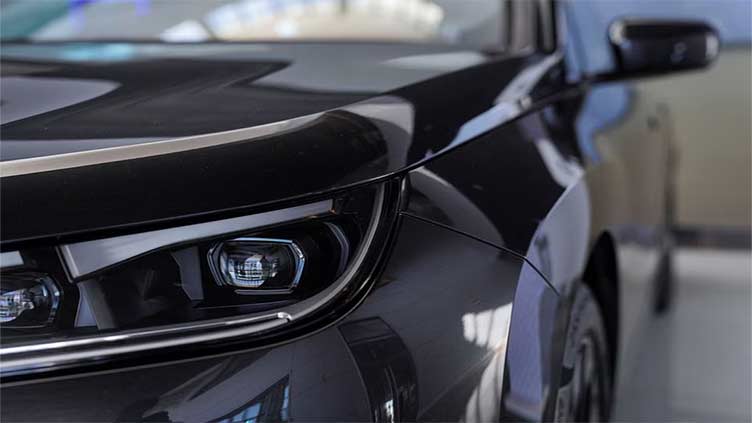BMW forecasts growth in Europe, warns supply chain issues remain

Business
it said earnings in the second quarter had benefited from higher pricing and sales, which rose 11.3%
BERLIN (Reuters) – BMW on Thursday forecast growth in the European automotive market, robust sales in the United States and slight growth in China, after raising its outlook for the year on strong orders and an improving supply chain.
Still, it warned that supply chain issues and inflation would likely continue to weigh on the rest of the year.
The carmaker echoed European rivals in striking a cautious tone on the outlook for the global economy but still adjusting expectations of its performance slightly higher as supply chain and inflationary issues eased.
BMW reported a 2.9% drop in second-quarter net profit, in line with analysts' expectations, after last year's figures were boosted by its decision to take majority control of its Chinese joint venture BMW Brilliance Automotive.
However, it said earnings in the second quarter had benefited from higher pricing and sales, which rose 11.3%.
The carmaker on Tuesday raised its outlook for operating profit (EBIT) margin in its cars division to 9% to 10.5%, from 8% to 10% previously, and said it expects solid growth in its deliveries, up from a previous forecast of only slight growth.
BMW saw significantly higher revenues for the first half at 74 billion euros due in part to the integration of its Chinese joint venture BMW Brilliance Automotive (BBA) as well as higher sales and pricing.
It paid 3.7 billion euros to take majority control of the Chinese joint venture in February last year, pushing up earnings before tax in the first half of 2022 by 7.7 billion euros.
Earnings before interest and taxes (EBIT) for the first half of 2023 totalled 9.7 billion euros, up 42.6%, but net profit fell to 6.6 billion euros, primarily because of a higher tax rate, the company said.
Group research and development spending was up 15.4% in the first half, focused on electrification and automated driving, and capital expenditure rose 10.3%.
Higher material and manufacturing costs also weighed on results in the first half, it added.


